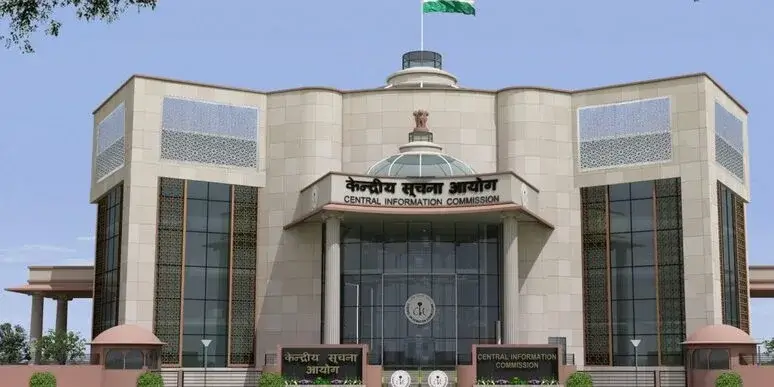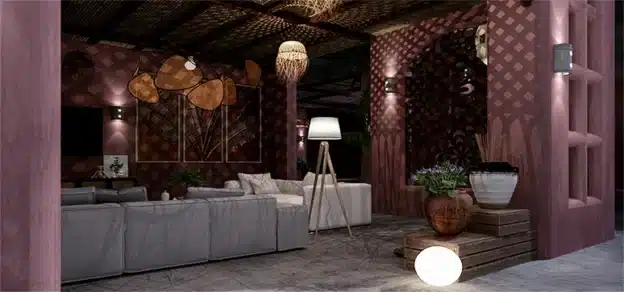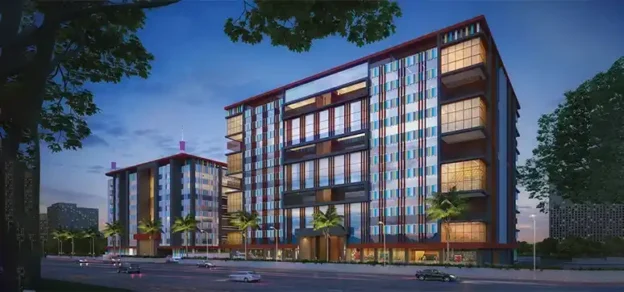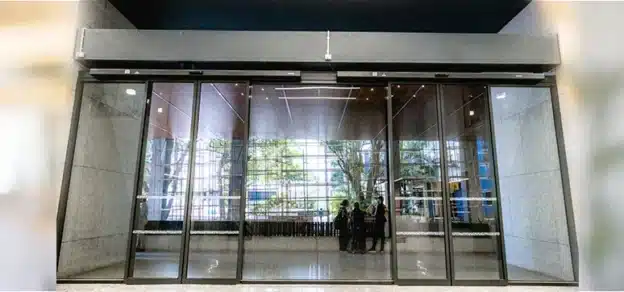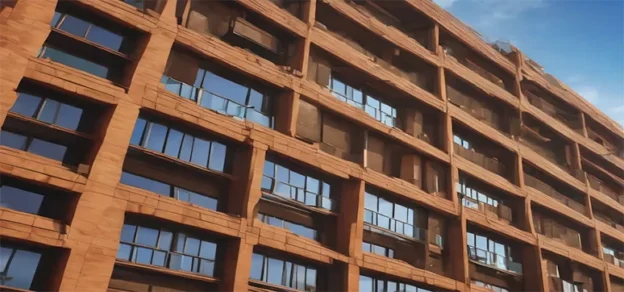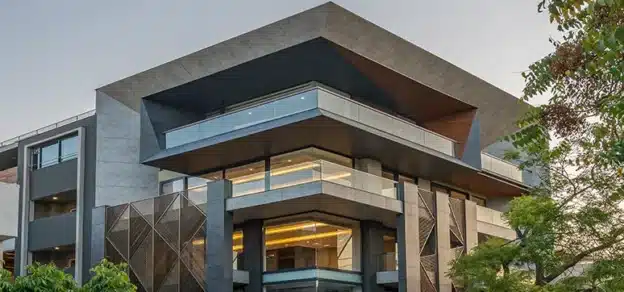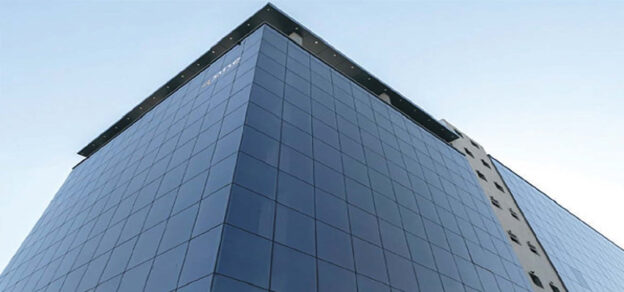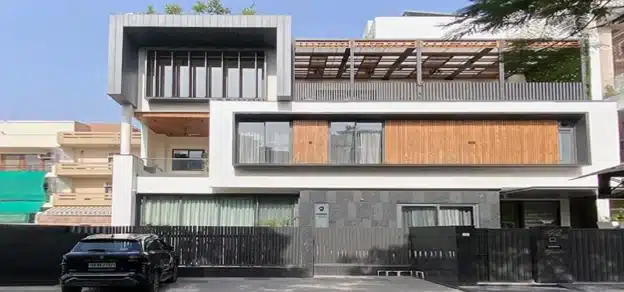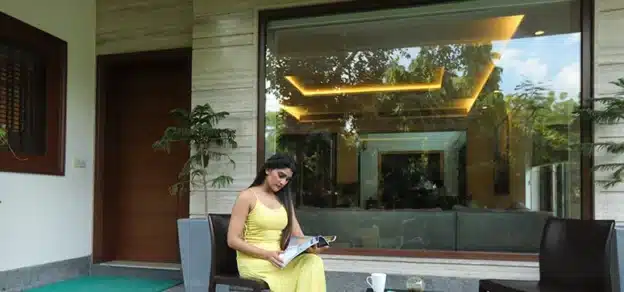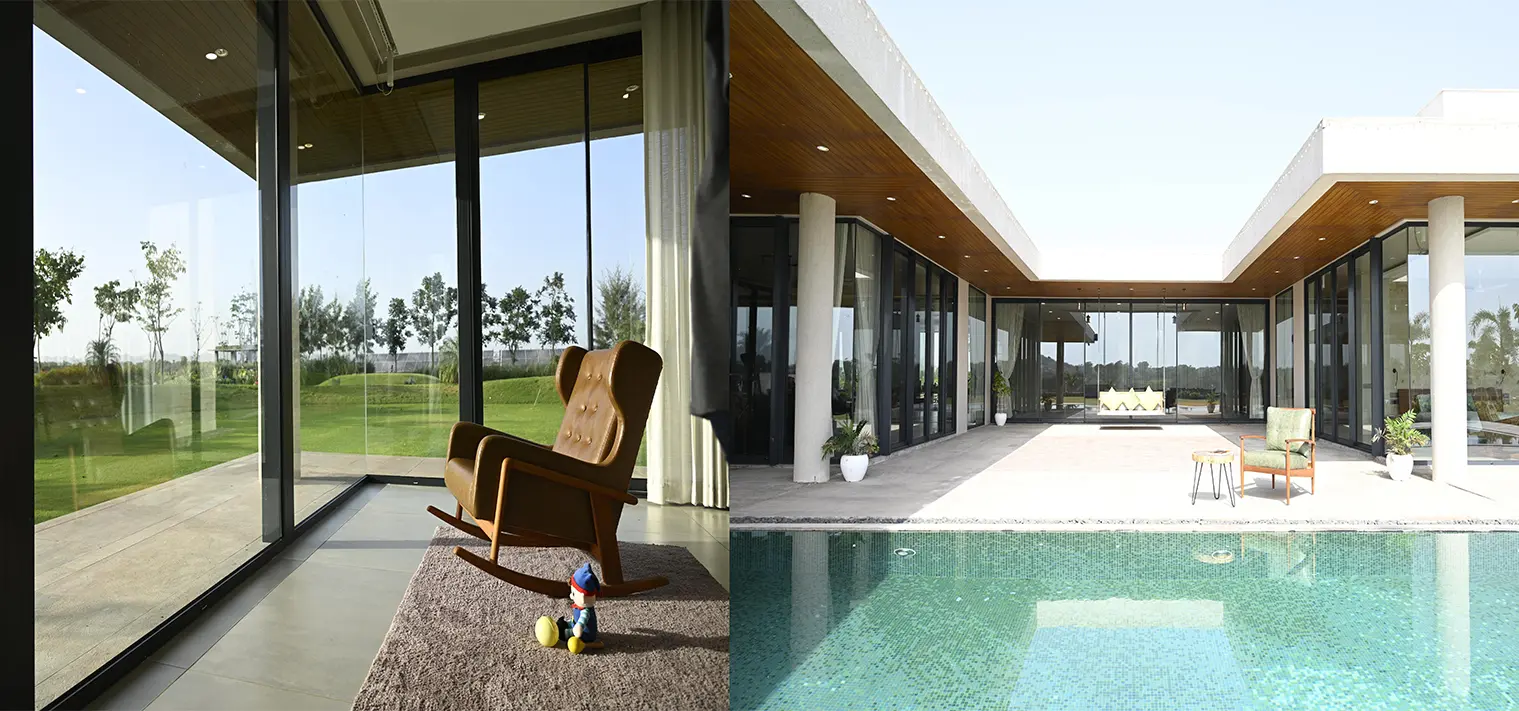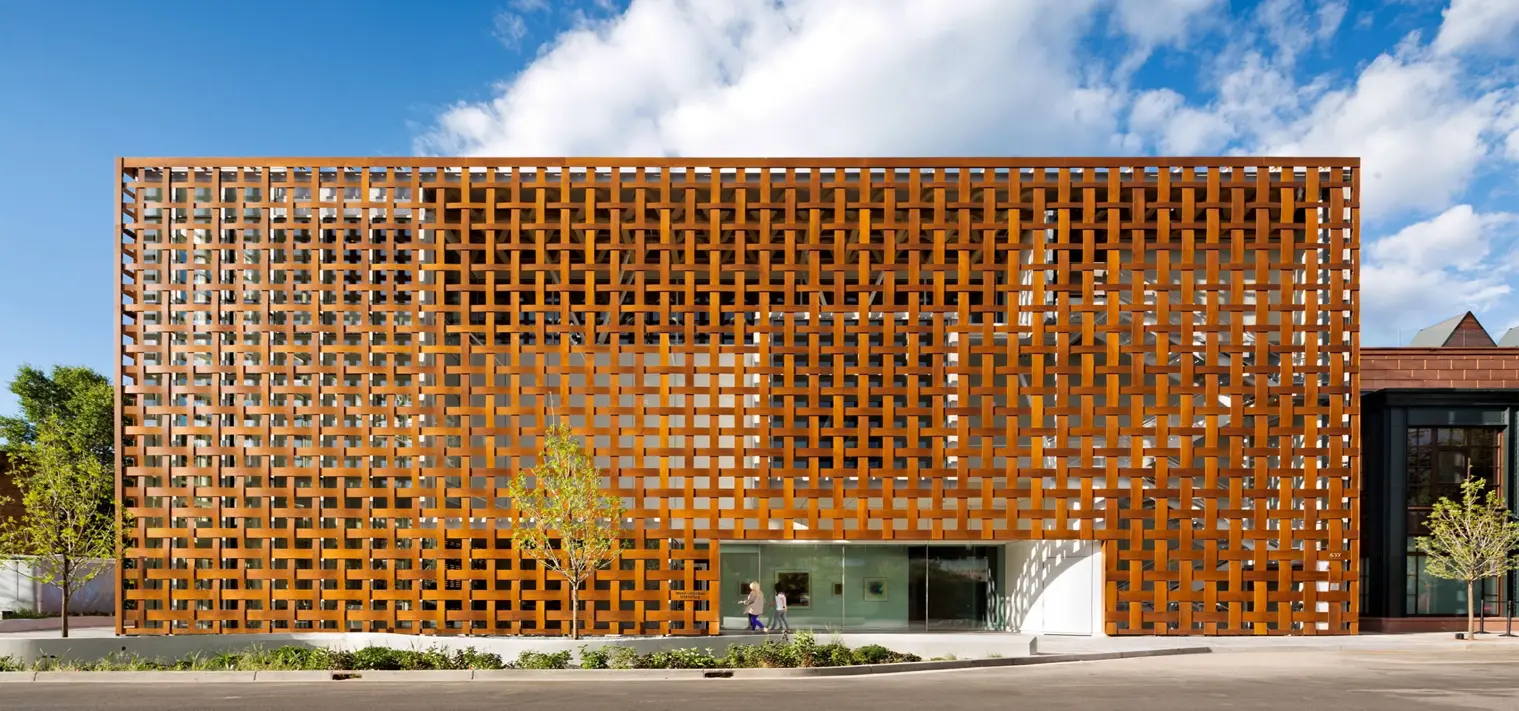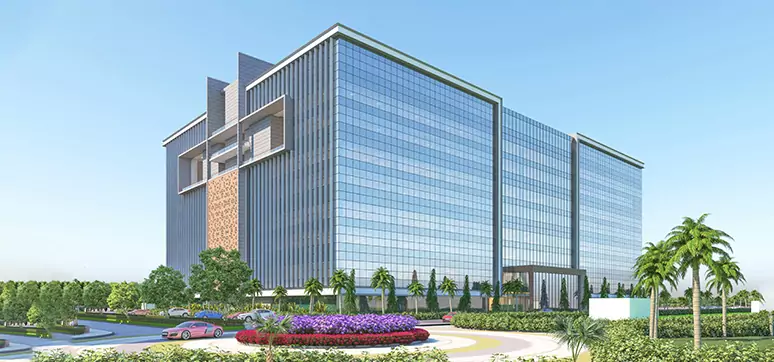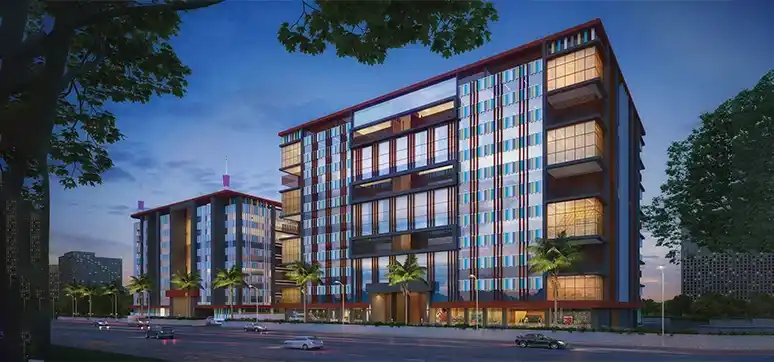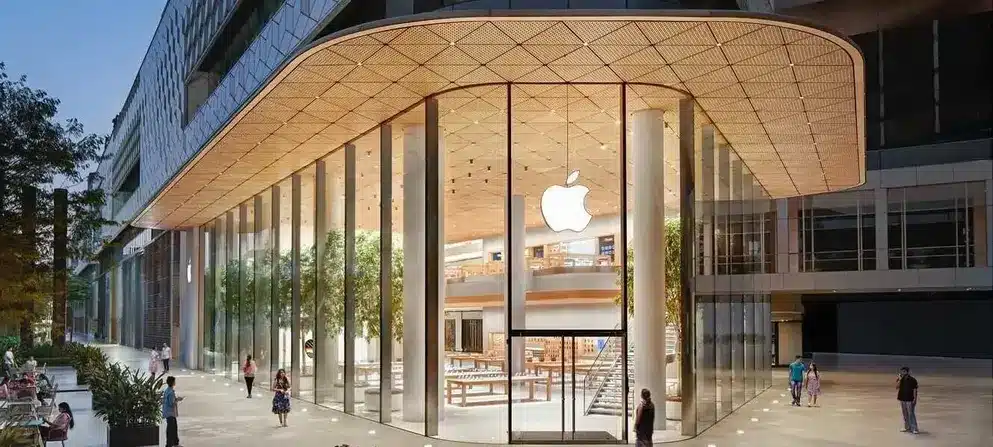The office building of the Central Information Commission (CIC) at Munirka, New Delhi is abutting a proposed 30 meter wide road namely Baba Gang Nath Marg. The state-of-the-art building facilitates the effective functioning of CIC, which is a symbol of transparency in the largest democracy of the world. The ambiance of the building is in such a way that the visiting Central Information Commission (CIC) at Munirka, New Delhi – front elevation public shall be at ease and comfort while pursuing their functions at the building. This has resulted in capacity building for the Central Information Commission.

The architectural façade, an inevitable part of any building, has long been a compelling focus of interest for building physicists and designers, combining attributes of both appearance and performance in a holistic manner.
Façades, as building envelope, form the outer skins of buildings as a projected image and creative intent. The façade of the Central Information Commission at New Delhi depicts exactly the same. All components of the building façade work together to regulate the indoor environment, responding to heating, cooling, ventilation, and natural lighting needs. It balances requirements for ventilation and daylight while providing thermal protection appropriate to the local climatic conditions.

The optimally designed building façade is an important factor not only for achieving energy efficiency but also for the human comfort. In an occupant-friendly designed building, the inhabitants can work more effectively, benefiting the owners, occupants, and environment.
Façade has an impact on the interior spaces as well as on the external neighborhood.

One of the basic design motives for the building envelope was to protect the indoors from external elements along with providing optimum daylight and optimizing the solar heat gains in the building. This has been achieved through simple passive, low-cost measures based on the principle of demand reduction through building envelope design by controlling the Window to Wall Ratio (WWR), Solar Heat Gain Coefficient (SHGC), and U-value (based on the choice of building material).
QUICK FACTS
- Project name: Central Information Commission
- Location : CIC Bhawan, Baba Gangnath Marg, Munirka, New Delhi – 110 067
- Architect: Renu Khanna & Associates
- Project Management Consultant: National Building Construction
- Corporation (NBCC) Site Area: 4653 Sq m
- Built-up Area: 9770 sq m
- Energy Consumption Reduction: 60.3% reduction in energy consumption compared to the GRIHA benchmark
- EPI: 55.5 KWh/ sq m/ year
- Renewable Energy: The rated capacity of solar PV installed on site is 35 KW
- GRIHA rating: 4-star rating
- Year of completion: 2017
Indoor daylighting is achieved by providing glazing having specific Visible Light Transmission (VLT) values and efficient space planning. Double glazed unit façade is used to maximize the external views while causing minimum glare.

Growing vegetation on the façade has potentially created a positive micro-climate around the built form. A reduction of approx. 2˚C is achieved by using green vegetation around buildings compared to the surrounding ambient in composite climates like Delhi. The green wall has been planned for the stretch of the boundary wall and the central atrium inside the building.
Product information :
- Make: Saint Gobain
- Model: KT 440
- Type of Glass: Double-glazed glass (6 mm – 12 mm – 6 mm)
- Light Transmission: 31%
- External reflection: 18%
- Internal reflection: 12%
- Solar factor: 0.22
- U-Value (W/Sqm K): 1.8
Reducing energy consumption (compared to TERI GRIHA benchmarks) while maintaining occupant comfort :
- For achieving visual comfort :
- Artificial lighting design as per NBC norms
- External shading with a combination of fins and jaalis
- Landscaping planned with native species and green wall features in central atrium and all around the building.
- For achieving thermal comfort:

Interiors with ample natural lighting
- AAC block work for external walls
- Double glazing unit with optimum shading to minimize the heat gain
- Use of occupancy and daylight sensors to minimize the energy wastage.
- Renewable energy technologies installed on-site
- Solar PV panels were installed.
- Solar streetlights have been installed.
- Use of low energy materials :
- Door/window frames are made of aluminium
- Low VOC paints
- Low energy material like vitrified tiles, kota stone, gypsum board and glass with recycled content are used for interior work.
